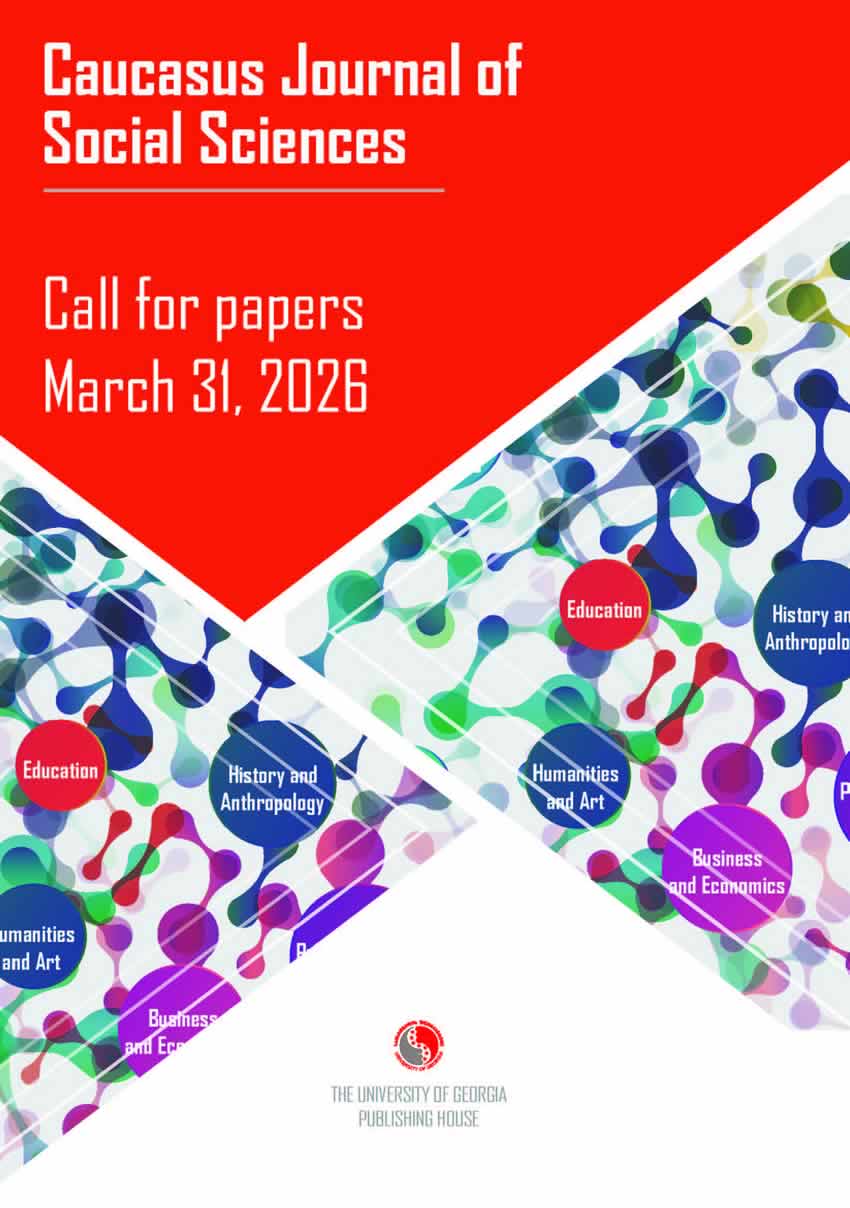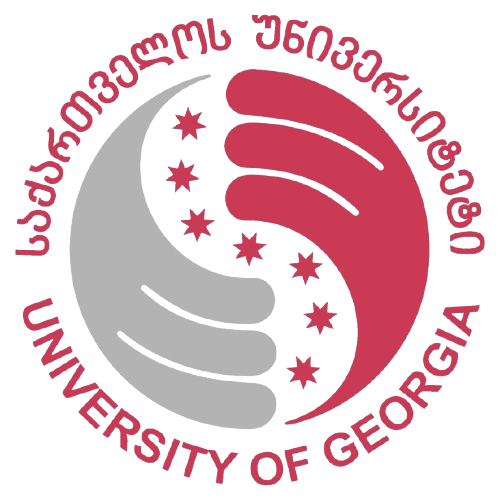Tbilisi in the 20th Century
DOI:
https://doi.org/10.62343/cjss.2018.170Keywords:
Georgia, Russia, Trans-Caucasia, Azerbaijan, Armenia, Democracy, urbanization, migration, 20 century.Abstract
After the annexation of Georgia by Russia in the early 19th century
the term “Sakartvelo” (Georgia) disappeared. The country split
into two parts: Tbilisi government (eastern Georgia) and Kutaisi
government (western Georgia). Unification of the country was a
challenge for the Georgians dwelling inside and outside Georgia.
The term “Sakartvelo” emerged once again in times of the independent
Republic of Georgia (1918-1921).
The present paper considers the history of Tbilisi which was traditionally
a political, administrative and cultural center of united
Georgia, of eastern Georgia, of Caucasus, of the Trans-Caucasian
Soviet Federal Socialist Republic (Georgia, Azerbaijan, Armenia
until 1936), of the Soviet Socialist Republic of Georgia (1936-
1991) and Georgia (after proclaiming independence) and reflected
all changing political contexts.
The following issues are introduced: the process of urbanization,
the demographic situation and the migration processes, as well as
coexistence in the multicultural and multi-religious milieu. Along
with the constructing activities, industrial, cultural and educational
achievements within the frames of the USSR, the violation of
human rights, restriction of the Georgian language, the Georgian
church, purges, reprisals, civil unrest, nepotism, corruption, the
protests of opposition and the suppression of these protests, and
consequently the bleeding of the nation throughout the 20th century
which is still in place, are studied.
Downloads
Published
How to Cite
Issue
Section
License
Copyright (c) 2023 Giuli Alasania

This work is licensed under a Creative Commons Attribution 4.0 International License.
In case an article is accepted for publication it is allowed to combine the article with other research, to conduct new research on the article, or to make different arrangements on condition that the same license is used including commercial purposes.
As an author of an article published in the Caucasus Journal of Social Sciences, you retain the copyright of your article and you are free to reproduce and disseminate your work.











